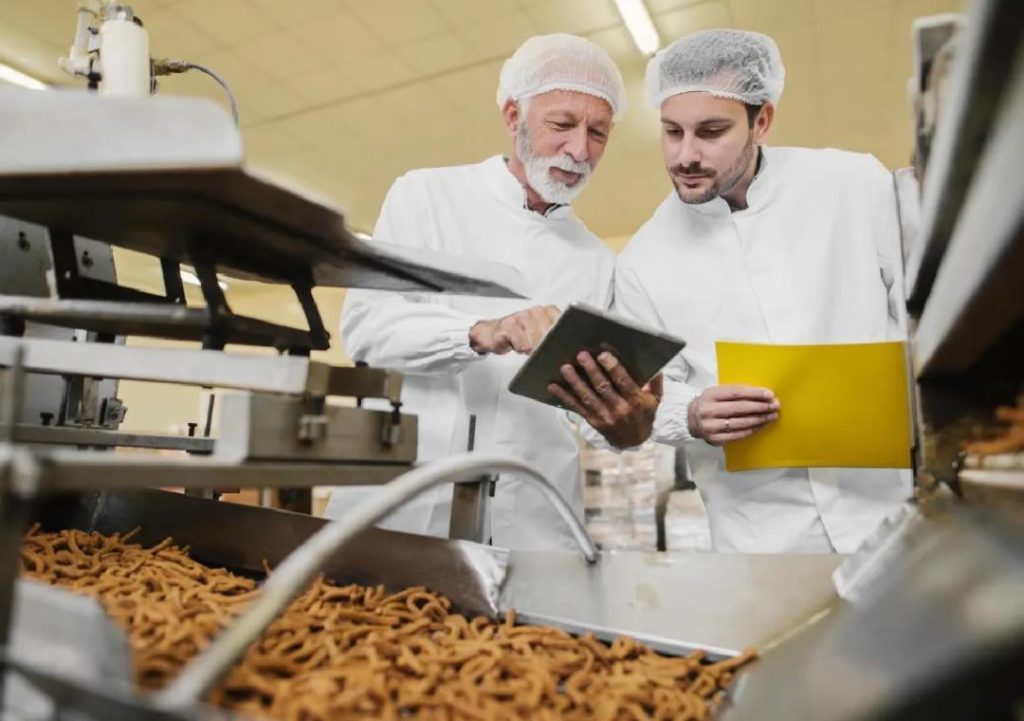
Can P&L Optimisation Redefine Success in Food Technology?
The food technology industry is a rapidly evolving sector, driven by consumer demand for healthier, more sustainable, and convenient food options. As companies navigate this dynamic landscape, they are facing increasing pressure to optimize their operations, streamline processes, and improve profitability. One key area of focus is profit and loss (P&L) optimisation, which involves using automation, smart inventory systems, and data analytics to cut waste, sharpen demand forecasting, and support better decision-making.
In this blog post, we’ll explore the importance of P&L optimisation in food technology, the challenges companies face, and the benefits of adopting scalable models that boost margins, ensure sustainable growth, and stay competitive in the industry.
The Challenges of P&L Optimisation in Food Technology
Food technology companies operate in a complex environment, characterised by unpredictable demand, fluctuating raw material costs, and tight profit margins. These factors make it challenging to achieve P&L optimisation, as companies must balance the need to reduce costs with the need to invest in innovation and growth.
Some of the key challenges faced by food technology companies include:
- Inventory management: Managing inventory levels is critical in food technology, as excess stock can lead to waste, while insufficient stock can result in lost sales. Companies must strike a balance between holding sufficient inventory and avoiding overstocking.
- Supply chain disruptions: Food technology companies rely on a complex network of suppliers, manufacturers, and distributors. Disruptions to this network can have significant consequences for profitability, making it essential to develop robust supply chain management strategies.
- Food safety and quality control: Ensuring the safety and quality of food products is a top priority for food technology companies. This requires implementing robust quality control processes and maintaining accurate records of production and inventory.
- Compliance with regulations: Food technology companies must comply with a range of regulations, including those related to food safety, labeling, and packaging. Failure to comply can result in significant financial penalties and damage to reputation.
The Benefits of P&L Optimisation in Food Technology
Despite the challenges, P&L optimisation can have a significant impact on the profitability and competitiveness of food technology companies. By streamlining P&L operations, companies can:
- Cut waste: Implementing automation and data analytics can help companies identify and eliminate waste, reducing costs and improving profitability.
- Sharpen demand forecasting: Advanced data analytics can help companies better forecast demand, enabling them to adjust production levels and inventory management accordingly.
- Support better decision-making: P&L optimisation provides companies with a clear understanding of their financial performance, enabling them to make informed decisions about investments, pricing, and product development.
- Ensure sustainable growth: By optimising P&L operations, companies can ensure sustainable growth, reduce financial risk, and stay competitive in the industry.
Scalable Models for P&L Optimisation in Food Technology
To achieve P&L optimisation, food technology companies can adopt scalable models that leverage automation, smart inventory systems, and data analytics. Some of the key strategies include:
- Cloud-based inventory management: Cloud-based inventory management systems provide real-time visibility into inventory levels, enabling companies to adjust production and supply chain operations accordingly.
- Automated demand forecasting: Advanced data analytics can help companies forecast demand more accurately, reducing the risk of overstocking or understocking.
- Collaborative planning networks: Collaborative planning networks enable companies to share data and best practices with suppliers, manufacturers, and distributors, improving supply chain visibility and efficiency.
- Data-driven decision-making: Companies can use data analytics to gain insights into customer behavior, market trends, and production operations, enabling them to make data-driven decisions about investments, pricing, and product development.
Conclusion
P&L optimisation is critical for food technology companies, as it enables them to cut waste, sharpen demand forecasting, and support better decision-making. By adopting scalable models that leverage automation, smart inventory systems, and data analytics, companies can boost margins, ensure sustainable growth, and stay competitive in the industry.
As the food technology industry continues to evolve, companies that prioritise P&L optimisation will be better positioned to succeed. By streamlining P&L operations and adopting scalable models, companies can drive growth, reduce financial risk, and maintain a competitive edge in the market.
Source:
https://www.growthjockey.com/blogs/p-and-l-operations-in-food-tech






